The first CNC machines were developed in the 1940s and 50s and relied on a common telecommunication data storage technology known as “punched tape” or “perforated paper tape.” Punched tape technology is long obsolete as the data medium quickly transitioned to analog and then digital computer processing in the 1950s and 1960s.
How it Works
Machining, in general, is a way to transform a stock piece of material such as a block of plastic and arrive at a finished product (typically a prototype part) by means of a controlled material removal process. Similar to the other prototype development technology, FDM (3D printing), CNC relies on digital instructions from a Computer Aided Manufacturing (CAM) or Computer Aided Design (CAD) file like Solidworks 3D. The CNC machine interprets the design as instructions for cutting prototype parts. The ability to program computer devices to control machine tools rapidly advances shop productivity by automating the highly technical and labor intensive processes. Automated cuts improve both the speed and the accuracy with which prototype parts can be created – especially when the material is critical (such as is the case with polypropylene – read more about polypropylene).
Oftentimes machining processes require the use of multiple tools to make the desired cuts (e.g. different sized drill bits). CNC machines commonly combine tools into common units or cells from which the machine can draw. Basic machines move in one or two axes while advanced machines move laterally in the x, y axis, longitudinally in the z axis, and oftentimes rotationally about one or more axes. Multi axis machines are capable of flipping parts over automatically, allowing you to remove material that was previously “underneath.” This eliminates the need for workers to flip the prototype stock material and allows you to cut all sides without the need for manual intervention. Fully automated cuts are generally more accurate than what is possible with manual inputs. That said, sometimes finishing work like etching is better accomplished by hand as well as simple cuts that would require extensive design work to program the machine for automation.
Want to learn about the different types of CNC machines? Read more below.
Types of CNC Machines
CNC machines typically fall into one the two general categories: conventional machining technologies and novel machining technology:
Conventional Technologies
- Drills: Drills work by spinning a drill bit and moving the bit about and into contact with a stationary block of stock material.
- Lathes: Lathes, very much the inverse of drills, spin the block of material against the drill bit (instead of spinning the drill bit and putting it into contact with the material). Lathes typically make contact with the material by laterally moving a cutting tool until it progressively touches the spinning material.
- Milling Machines: milling machines are probably the most common CNC machine in use today. They involve the use of rotary cutting tools to remove material from the stock unit.
Novel Technologies
- Electrical and/or Chemical Machining: There are a number of novel technologies that use specialized techniques to cut material. Examples include Electron Beam Machining, Electrochemical machining, Electrical Discharge Machining (EDM), Photochemical machining, and Ultrasonic machining. Most of these technologies are highly specialized and are used in special cases for mass-production involving a particular type of material.
- Other Cutting Mediums: There are a number of other novel technologies that use different mediums to cut material. Examples include laser cutting machines, oxy-fuel cutting machines, plasma cutting machines, and water-jet cutting technology.
Materials Used: Almost any material can be used in a CNC machine. It really depends on the application. Common materials include metals such as aluminum, brass, copper, steel, and titanium, as well as wood, foam, fiberglass, and plastics such as polypropylene.
Application For Rapid Prototyping: CNC machines were the first major break-through in the field of rapid-prototyping. Before numerical control (in the case of punched tape technology) and computer numerical control (with analog and digital computing), parts had to be machined by hand. This invariably led to larger margins of error in end prototype products and even more so if/when machines were manually used for larger scale manufacturing.
Which is better? CNC or 3D Printing?
The honest truth is that it depends – on the material, the complexity of the part, and the economic factors at play. 3D printing technology like FDM machines build parts from the bottom-up. They can create complex shapes and internal components somewhat more easily than a CNC machine. By contrast, conventional CNC machines are somewhat limited by the tools available and the axes of rotation the machine is capable of utilizing. On the flip side, FDM prototyping is much more limited by materials than is a machined block of material. For example, if you need a prototype of a living hinge you would want to use CNC and polypropylene. Want to learn more? Read here. Just about anything can be machined while by contrast only certain materials have been adapted into filaments suitable for 3D printing.
Application For Manufacturing: Many novel CNC specialty machines are built specifically for niche manufacturing processes. For example, electrochemical machining is used to cut highly durable metal products not otherwise feasible. Conventional CNC machines are more adept at and typically used for prototype development than manufacturing.

